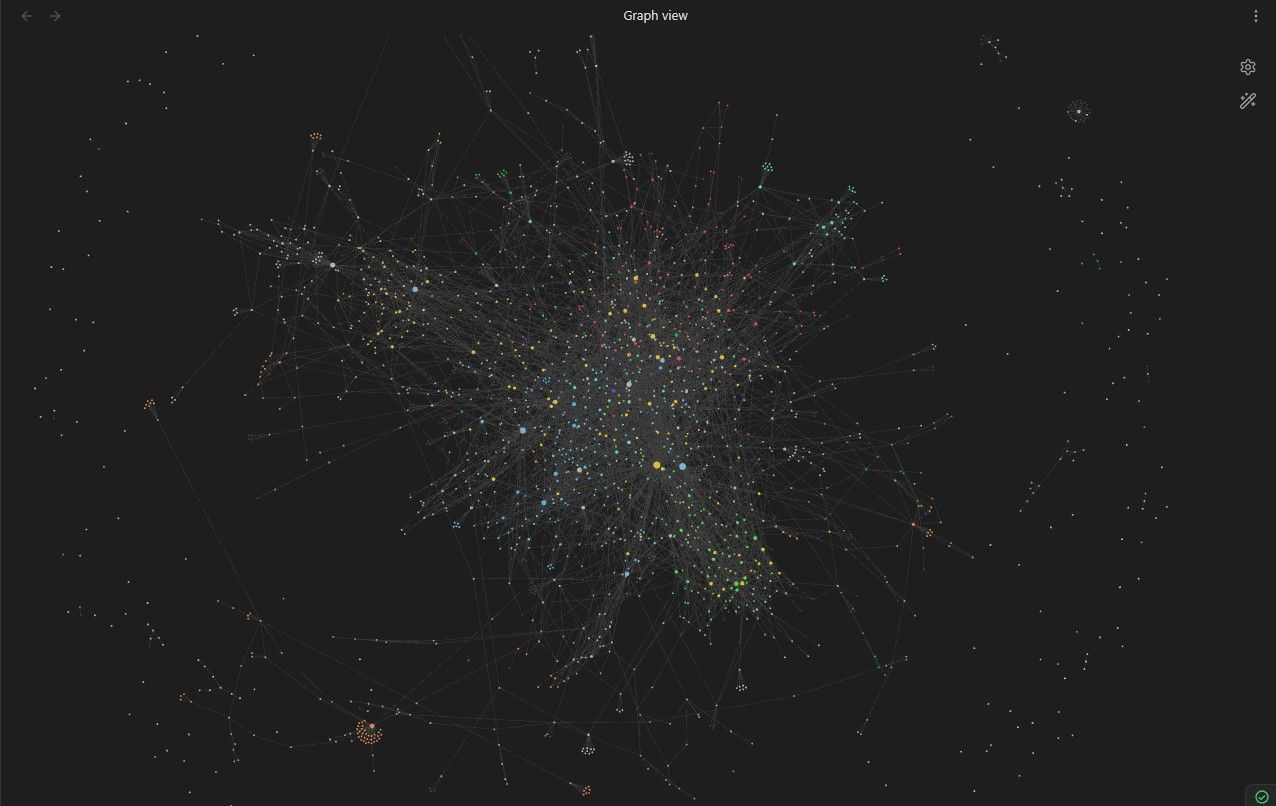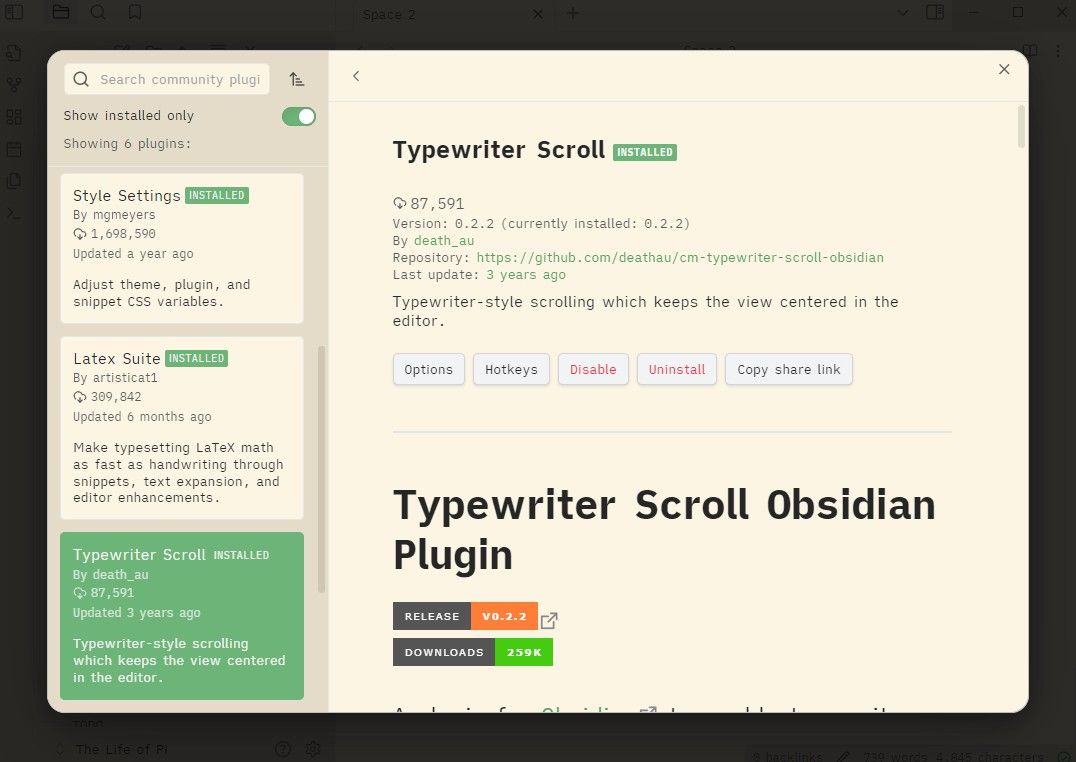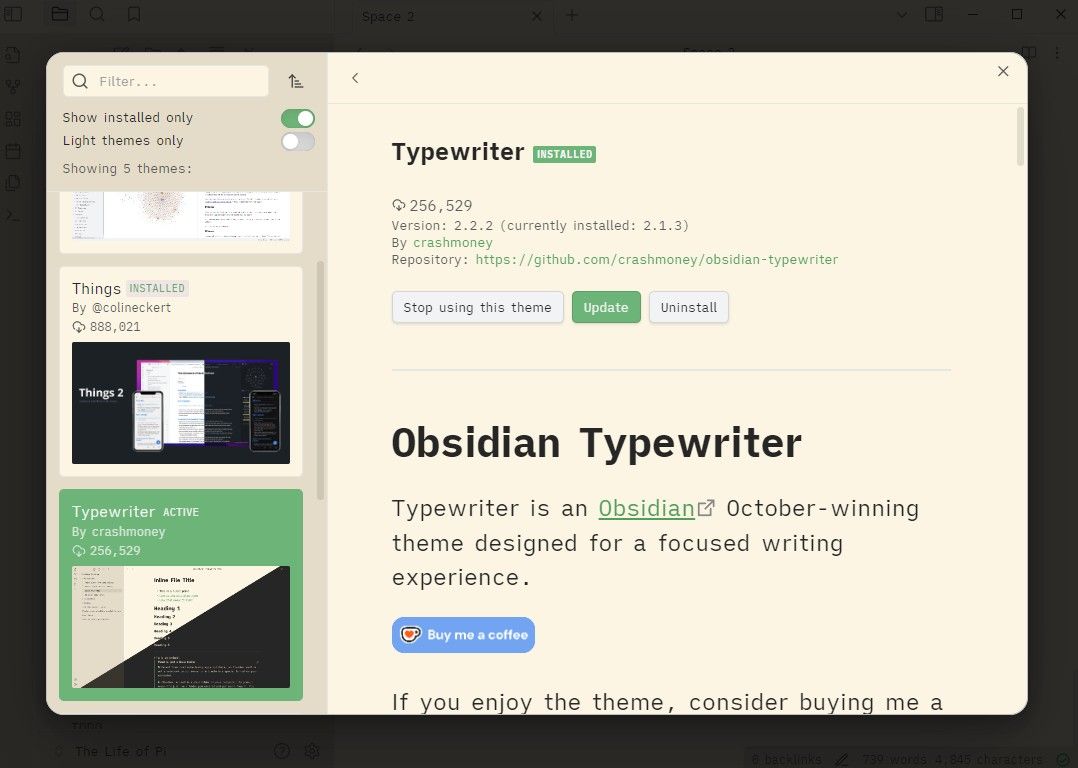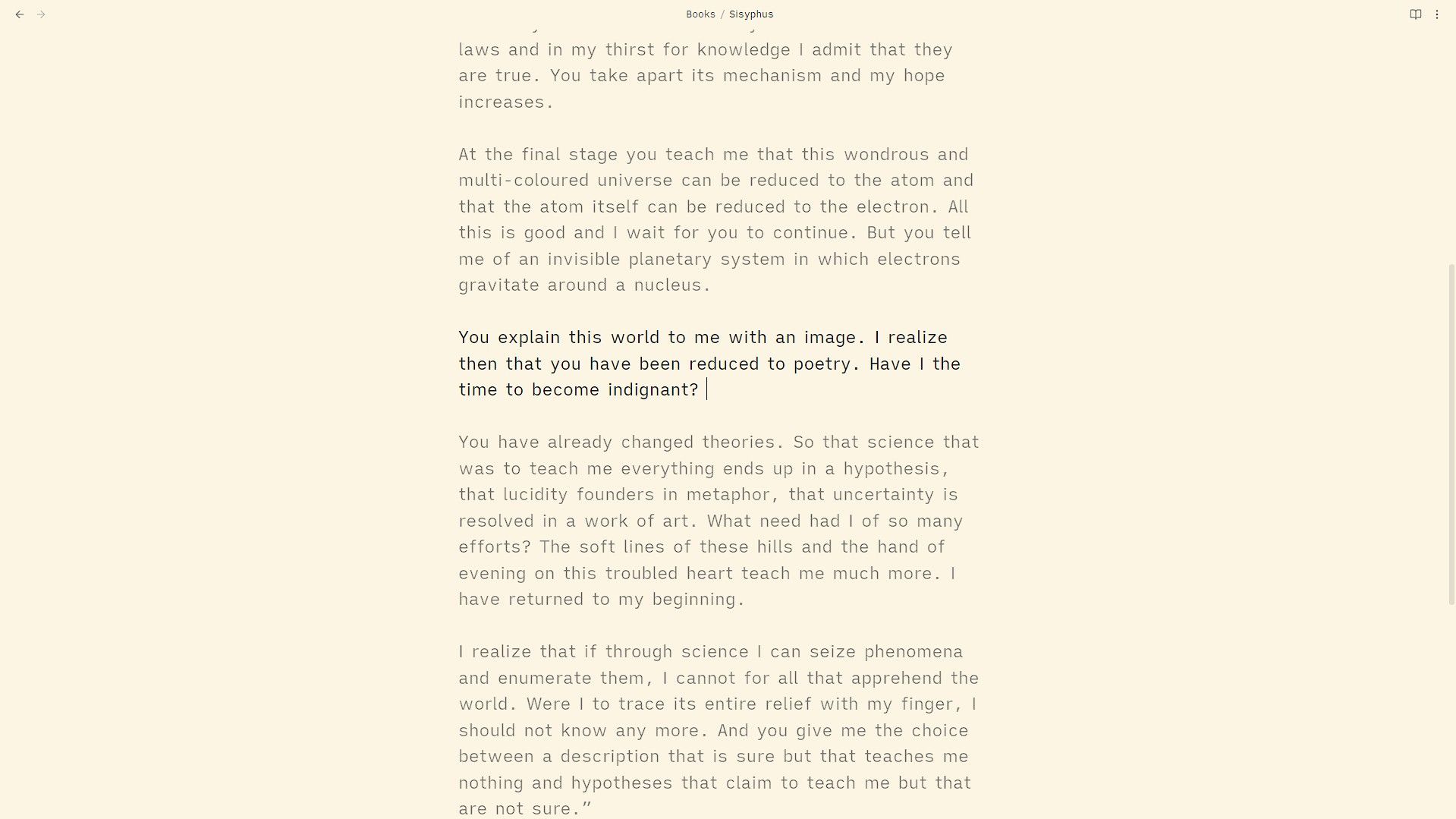Writing means facing creative blocks constantly. I write a lot, so I know the feeling. Obsidian is my go-to for all of it, and with a few tweaks, it actually makes me want to write more.
Where You Write Matters
I use two Obsidian vaults: one dedicated to university work and another for everything else, including personal and professional writing. My university vault involves mostly scientific or technical notes, so eloquence isn’t necessary.
My second vault demands a completely different mindset because the writing is creative and expressive. Consequently, and paradoxically, this makes writing in the second vault twice as hard.
I’ve learned over time that my work environment has a great influence on my productivity and creativity. A welcoming environment encourages me to start writing and makes it easier to stay engaged. Since Obsidian essentially serves as my writing workplace, it needed to feel inviting and comfortable.
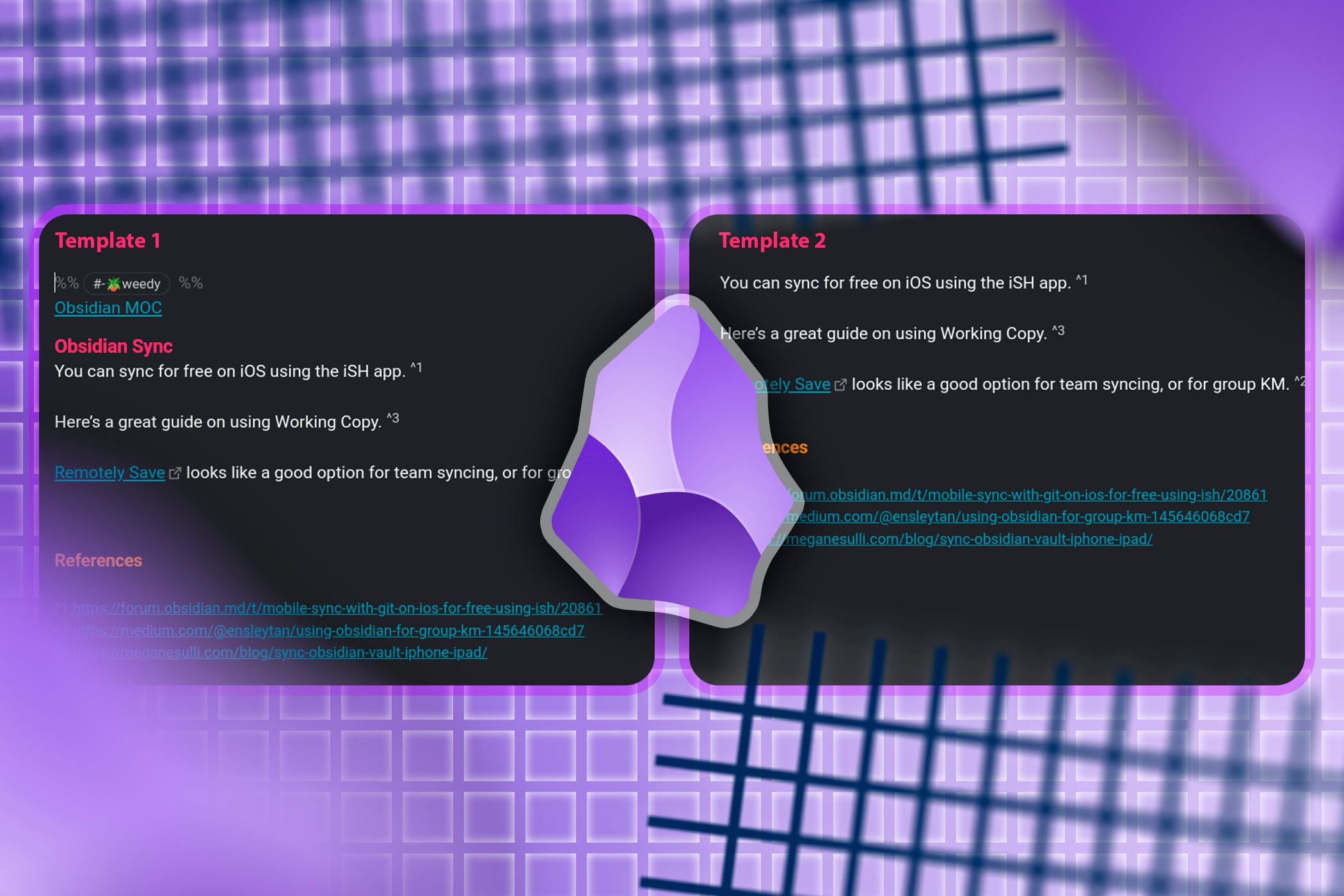
Related
Templates Are the Best Obsidian Workflow Hack You’re Not Using
Unleash the power of templates to transform your note-taking routine.
I tried using templates in Obsidian to make writing easier. I’ve tried AI workflows and a pile of plugins, but nothing stuck. It wasn’t until I stumbled onto a setup that was almost ridiculously simple that things finally clicked.
The Typewriter Experience in Obsidian
To me, writing with a pencil on paper provides unmatched tactile feedback. Feeling each letter form beneath my fingertips is satisfying. However, I’m considerably faster at typing than writing by hand, so reverting to paper wasn’t practical. What’s the next best thing to a pencil that offers a similarly tactile experience?
A typewriter, of course! I can’t realistically use a vintage typewriter today—it’s impractical and expensive—but I can certainly emulate one. Thankfully, Obsidian offered the next best thing.
The core of this setup is Obsidian’s Typewriter Scroll plugin. This plugin automatically scrolls your note down with every new line, always keeping your current line centered, similar to how traditional typewriters advance the paper with each keystroke.
The plugin also offers a Zen Mode, which I’ve activated. Zen Mode highlights only the current paragraph and fades the paragraphs above. This simple effect helps me focus solely on the words I’m typing, not what I’ve typed before.
To really sell the typewriter vibe, I installed the Typewriter theme. It makes Obsidian actually look and feel like a vintage typewriter. The theme does offer a dark mode, and normally, I’m all for dark mode in everything, but the theme’s default white-paper look works better here. Paper, after all, isn’t typically black.
Of course, aside from what’s on your computer, the physical environment also affects your work. For some reason, I churn out words much faster at a café than I do at home. Even stranger, my writing at the café somehow ends up sounding more academic.
Real typewriters don’t have sidebars, tab switchers, word counters, or menus. At first, I used Obsidian’s built-in full-screen mode (F11) to manually hide the sidebars. But buttons and other visual elements were still visible. My writing experience still wasn’t pure enough.
Predictably, there was an Obsidian plugin to handle this as well: the Fullscreen Focus Mode plugin. It takes the minimalist aesthetic even further by hiding almost every element save for the note you’re writing. It’s not completely distraction-free; elements like the note directory and scrollbar remain, but it’s still a significant improvement.
The Fullscreen mode plugin doesn’t add a button to the interface. You can use it by either setting up a hotkey for it or by calling it from the command palette.
Less Really Is More
Whenever I open my vault, I now genuinely feel the urge to write. If you’ve ever struggled to begin writing, you’ll understand how significant this change can be.
Obsidian offers a simple canvas by default, but allows you to create a sophisticated, fully customized workspace. This brings the constant feeling of having to improve your Obsidian workflow to use every plugin and feature you can. But, sophistication isn’t inherently better. Sometimes, less is more, and for me, this setup is what’s been working.
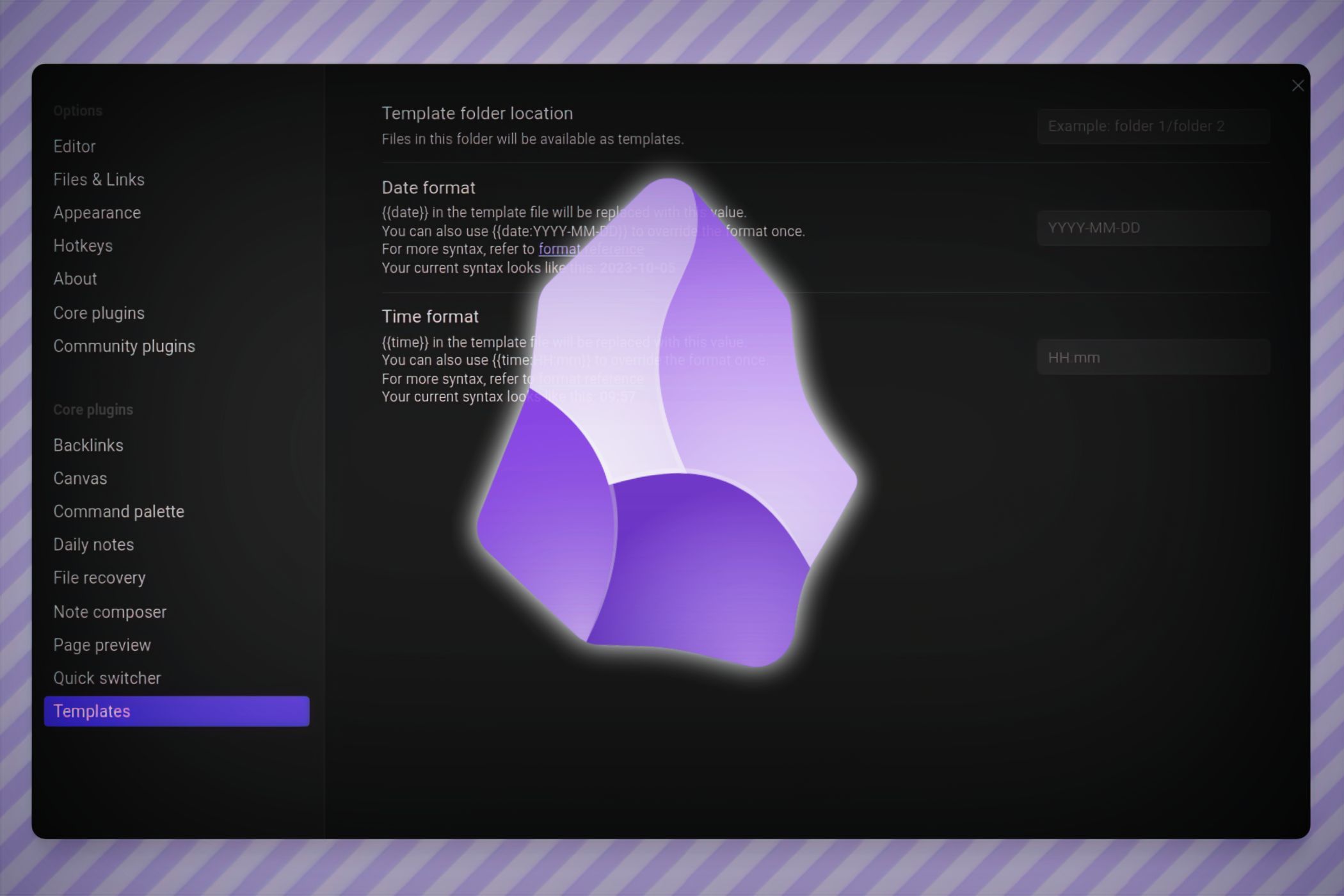
Related
6 Reasons Why Obsidian Is My Go-To App for Deep Research Projects
Deep research feels lighter with Obsidian on hand.
While I’m very happy with my minimalist Obsidian setup, I know that sometimes tranquility alone won’t be enough. In those moments, I turn to The Most Dangerous Writing App. This app stimulates creativity through a very different method–a perfect complement when minimalism alone doesn’t suffice.
I’m genuinely happy with my minimal Obsidian setup, but there are days when tranquility isn’t sufficient to spark creativity. For moments when I need adrenaline rather than calm, I switch to The Most Dangerous Writing App—it does the same but through very different means.
